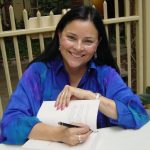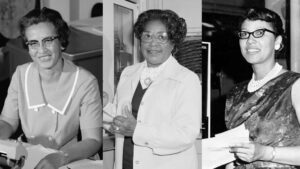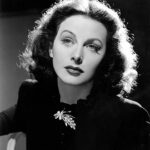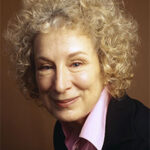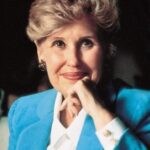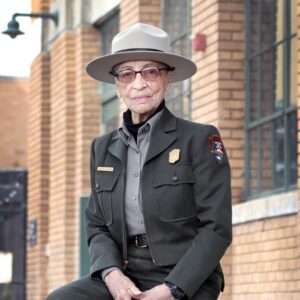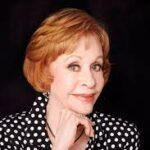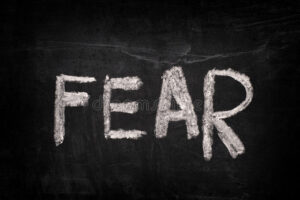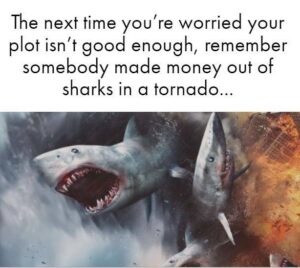Extraordinary
|
Addressing FEAR and Working on a Positive Mindset.
I believe many of the things we tell ourselves and the excuses we make have roots in FEAR. Getting ready for the November NaNoWriMo let’s address the things you tell yourself as to why you can’t write.
Fear of emotional discomfort comes from both internal and external sources. We tell ourselves all kinds of crap. I’ll never be published. It’s too much work. I can’t do it. I’m not good enough. Then there are the probing or derogatory questions from family and friends who know we are writing. Isn’t that book finished? Aren’t you published yet? When are you going to quit your day job? Tell me about your book tour. How many cities? How much money are you making? Grrr. Now, if anyone asks you about money remember I know a lot of places to hide bodies. Fear of Failing can be failing to produce. Sometimes we say we are too busy with life so we have excuses not to finish a book, blog, article. Is this legitimate? Or, are you protecting yourself from that fear of failing? If you believe there is not time for writing make a list of what you do during the day. In what you wrote down can you find an hour’s worth of activities you can give up, sacrifice to write? Then there is the fear your plot or story is no good. Fear of rejection. We can be afraid to finish our work because then we’ll have to submit to agents and editors. Someone you don’t know will read your literary baby. It might be rejected. Let me tell you, being a writer and thinking you won’t be rejected at some point is like being a boxer and thinking you’re not gonna get hit. J.K. Rowling was rejected by 12 publishers. Harry Potter has earned over 400 million in book sales. Stephen King had 30 rejections on one book. Rejection is part of the process. How do you overcome these fears? THINK POSITIVELY I’m not talking about being that goofy Polly Anna crap. I’m talking about preparing yourself for life’s ambushes. You can get through any thing if you are mentally prepared. Remember those cutting remarks you can get from family and friends? You can’t stop them from happening but you can control how to react and your internal dialogue. You can also control how much time you spend with these negative nellies. Hang out with people who get you. First thing in the morning –THINK POSITIVELY. THIS IS BIG. Establish a habit of thinking positively about yourself. When you wake up in the morning make your first thoughts about the day POSITIVE. Before your feet hit the floor–think positively. Build confidence by learning your craft. When authors learn their craft they can be confident in what they are doing. Knowing GMC, the concept of Show vs Tell how to build characters with emotion helps a writer move forward? Think of what you know now compared to when you first started writing. Doesn’t make any difference if you are a beginner or multi-published, or in between we all need to keep learning our craft and growing. Success is 10% talent and 90% hard work. Don’t compare yourself to anyone. You may still have a long way to go but be proud of how far you’ve come in the writing process. Being in a writers group, knowing you are not alone in how you feel is a big plus. Only other writers know how you feel because we’ve been there. Your mama and hubs can love you to the moon and back and want to help. But when you have yourself wrapped around the flag pole chasing plot bunnies other writers know what you are going through. Writers are a generous lot. You can come to the group ask for help vanquishing your fears, or rant and get support. Getting off the X and moving forward is freaking scary but you can do it.
“It takes a lot of courage to show your dreams to someone else.” Erma Bombeck Happy Writing Rita
|

 |
|||||
